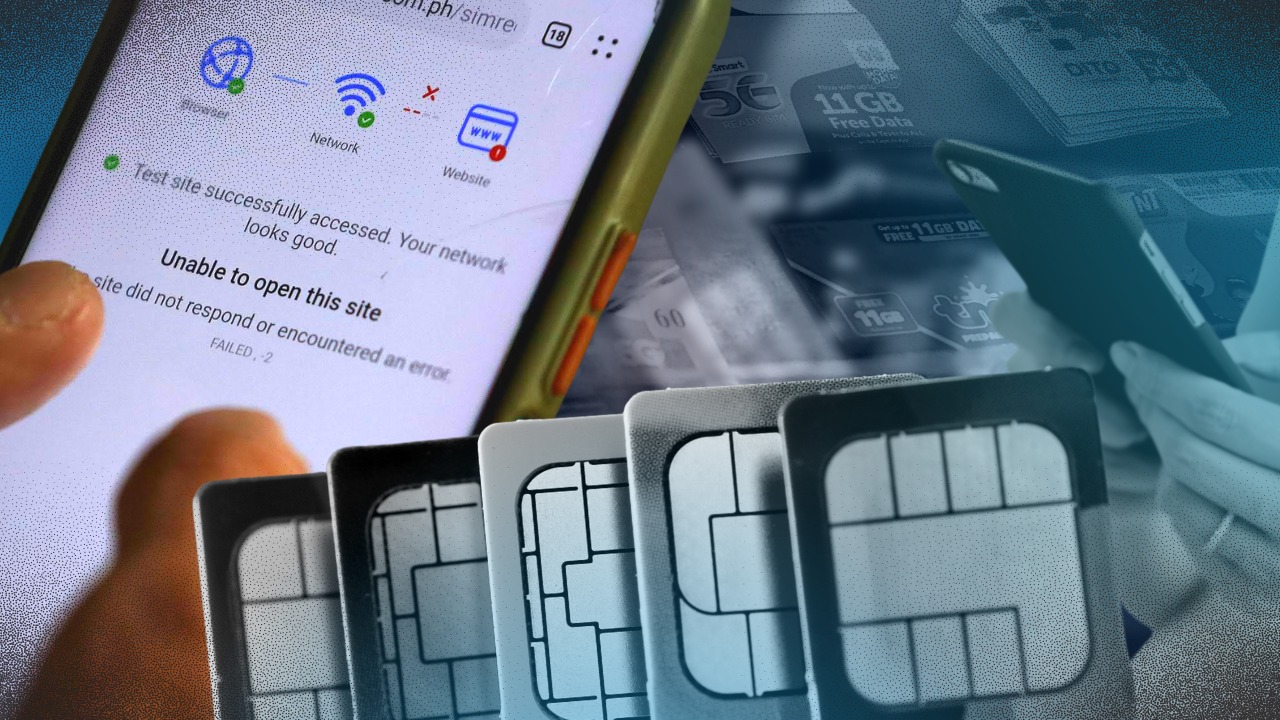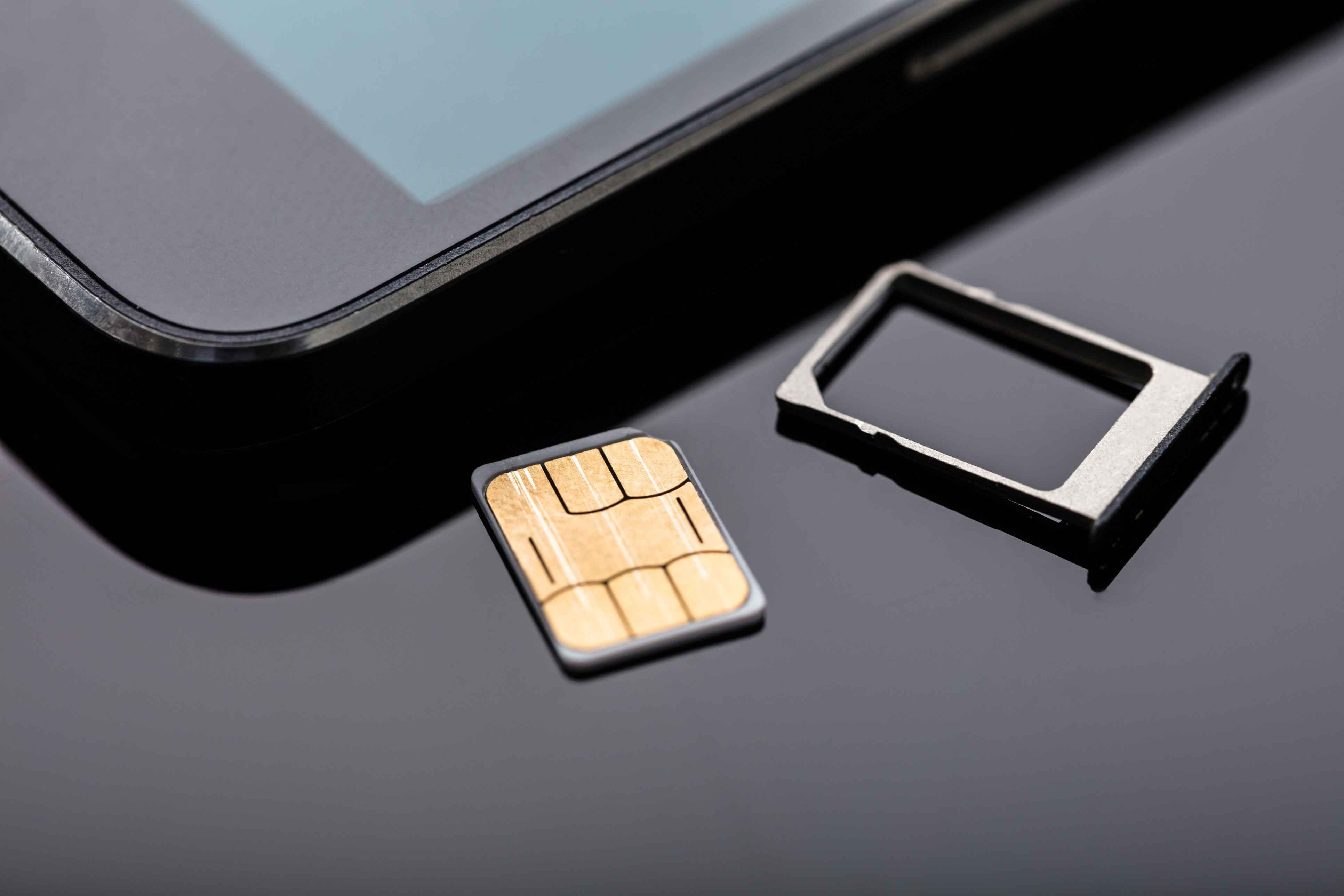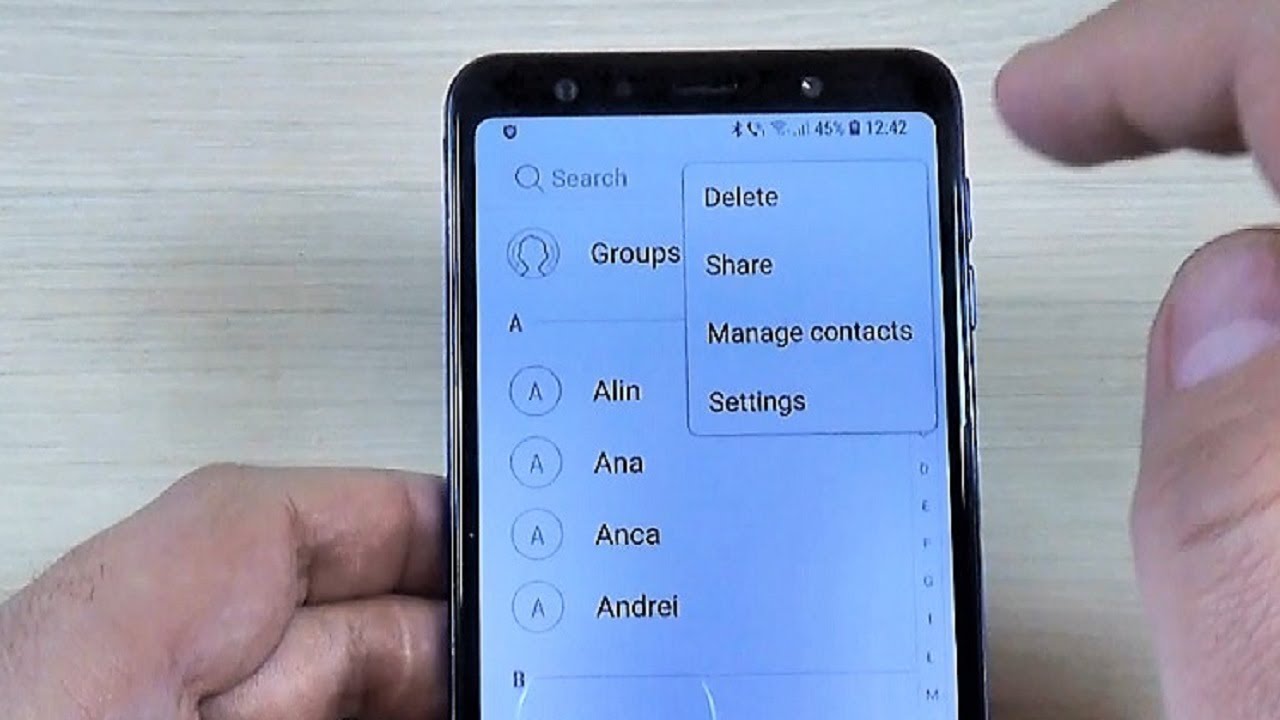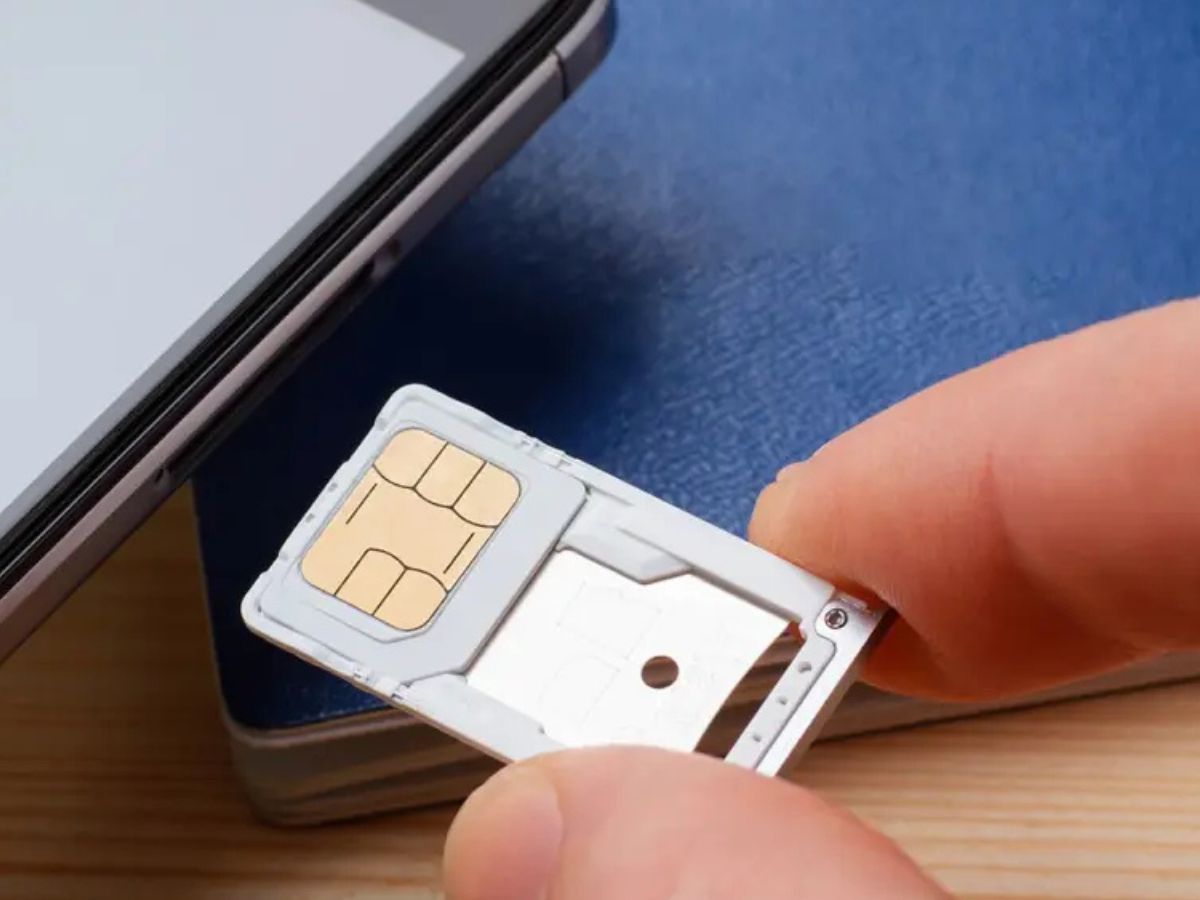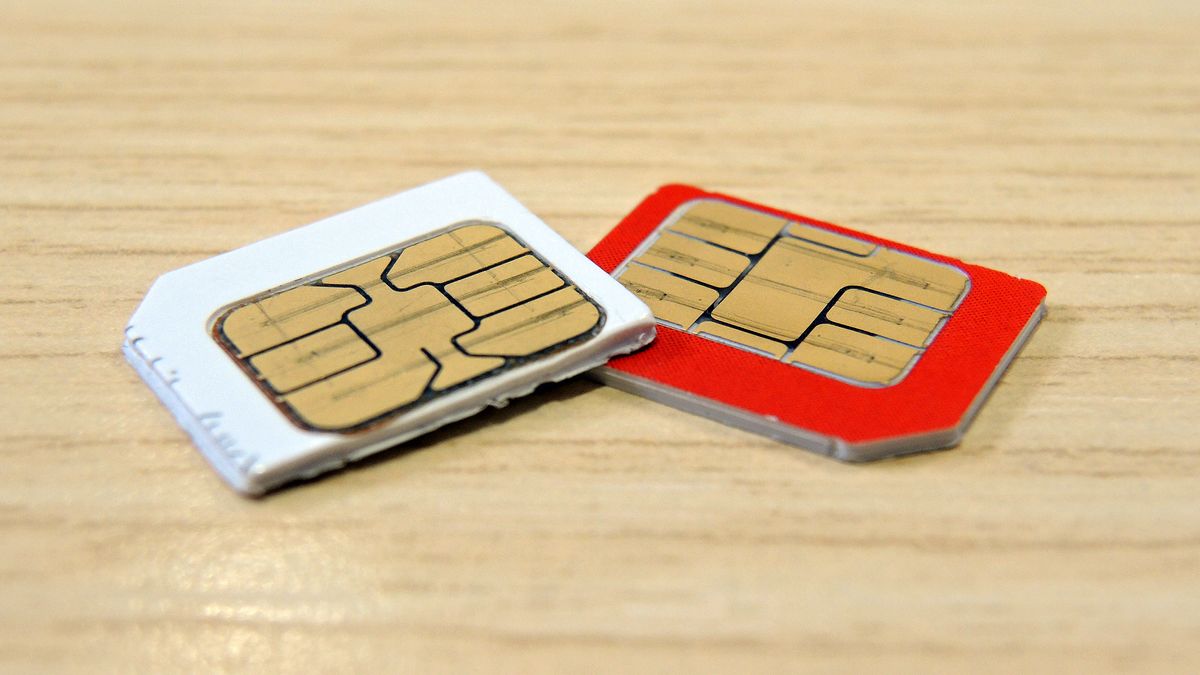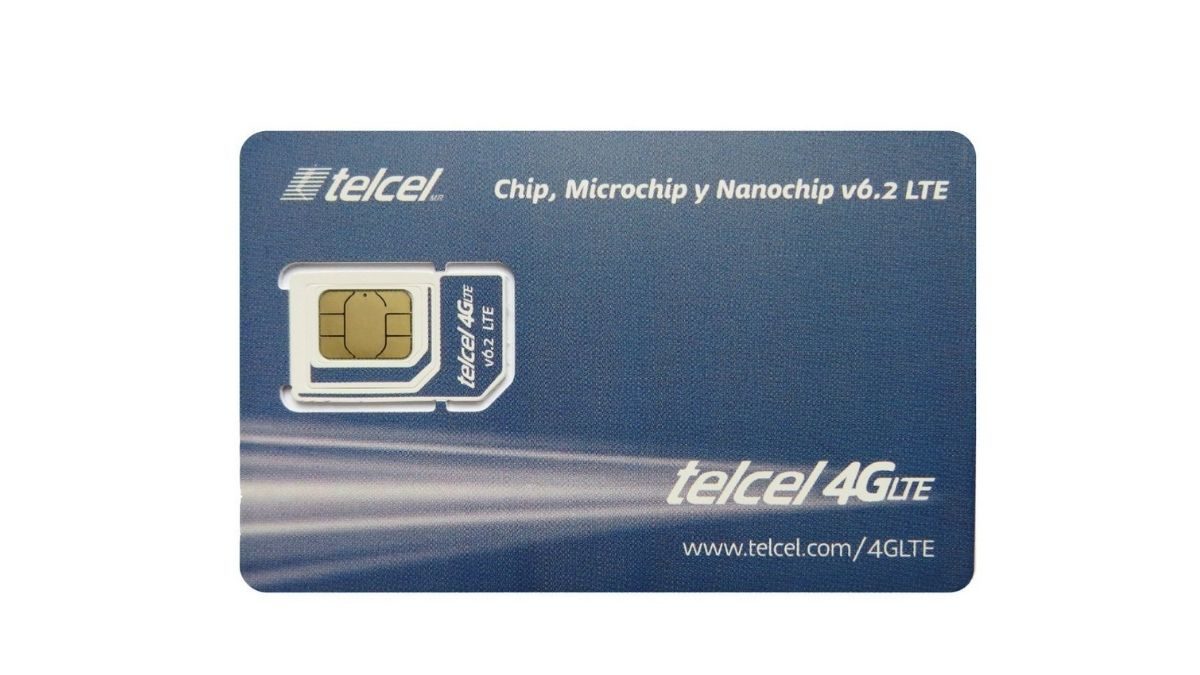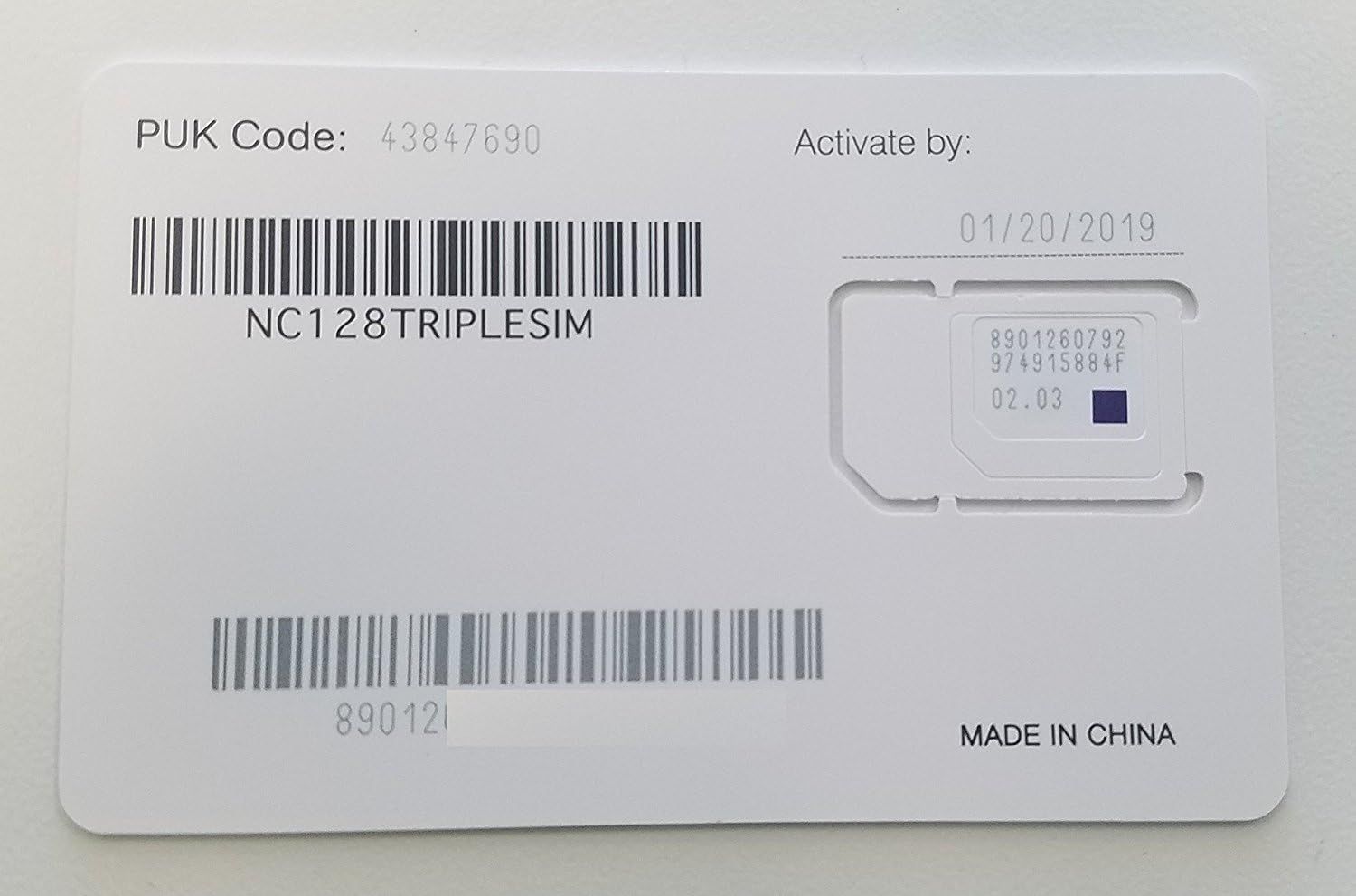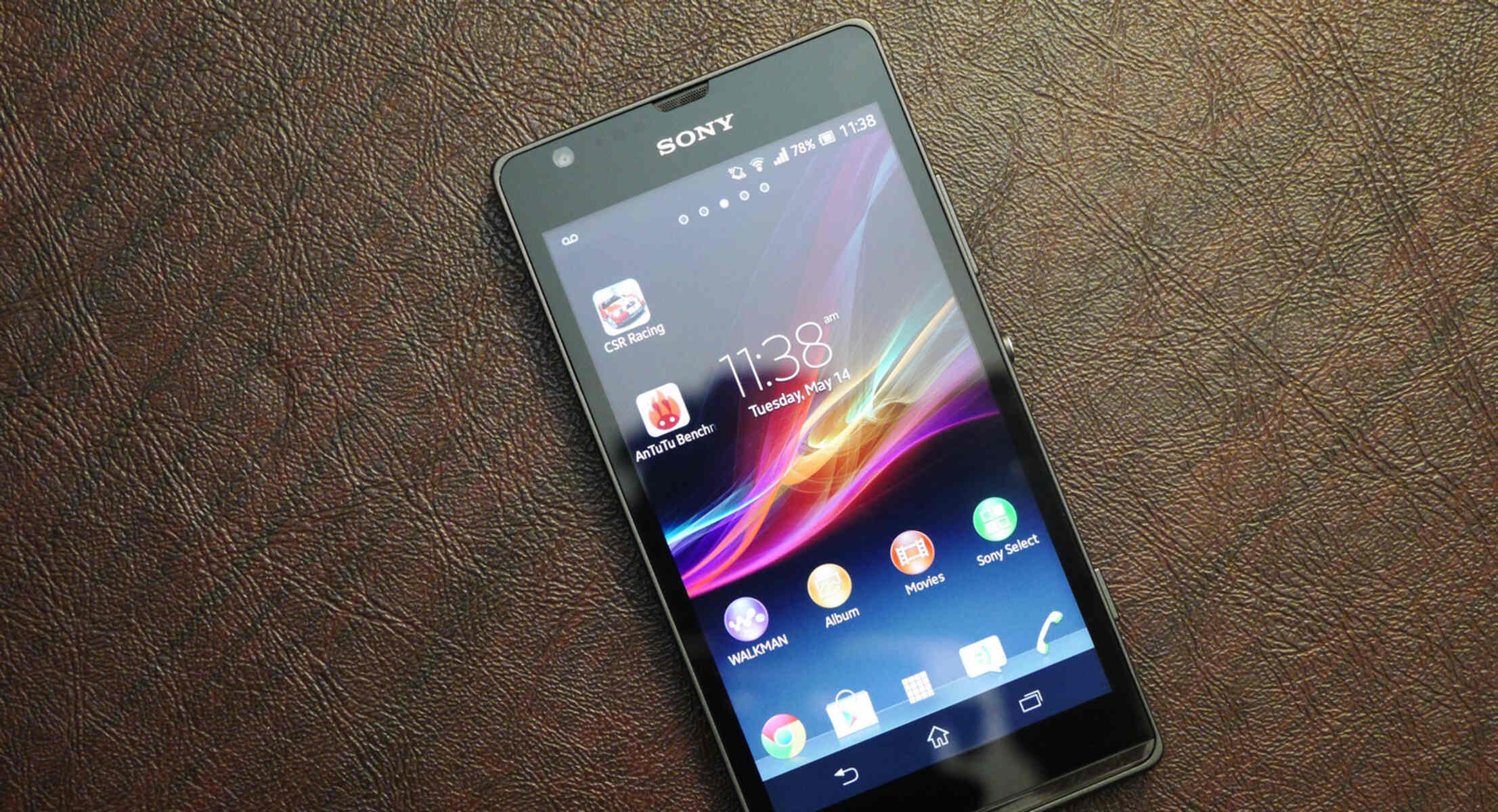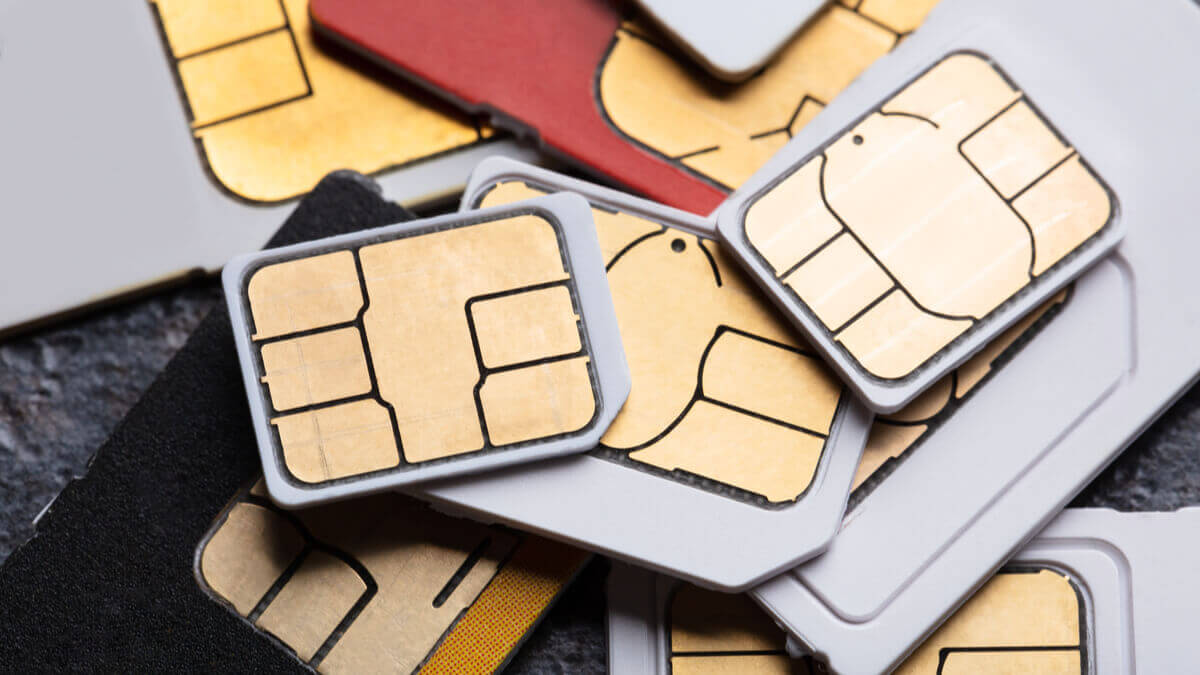Introduction
Mobile devices have become an integral part of our daily lives, serving as our communication hubs, entertainment centers, and productivity tools. Behind the scenes, these devices rely on various components to function seamlessly, and one such crucial component is the Subscriber Identity Module (SIM) card. While SIM cards are primarily known for their role in connecting devices to cellular networks, they also offer a convenient means of storing essential data.
In this comprehensive guide, we will delve into the intricacies of saving data to a SIM card, shedding light on the types of data that can be stored, the methods for doing so, and valuable tips for managing SIM card data effectively. Whether you're a seasoned mobile user or a newcomer to the world of smartphones, understanding the capabilities of SIM card storage can empower you to make the most of this often underutilized feature.
Join us as we explore the potential of SIM card storage, uncovering the practical steps for preserving contacts, messages, and other data on this compact yet powerful medium. By the end of this guide, you'll possess the knowledge and confidence to leverage your SIM card as a reliable repository for crucial information, ensuring that your mobile experience remains seamless and organized.
Understanding SIM Card Storage
The Subscriber Identity Module (SIM) card, a diminutive yet indispensable component nestled within our mobile devices, serves as a linchpin for cellular connectivity and data storage. While its primary function revolves around authenticating and connecting devices to mobile networks, the SIM card also harbors the capacity to store a variety of essential data. This dual nature of the SIM card as both an authentication token and a data repository underscores its significance in the mobile ecosystem.
In essence, SIM card storage entails the allocation of a portion of the card's memory to safeguard crucial information such as contacts, messages, and other user data. This storage space is distinct from the device's internal memory or external storage options, offering a compact yet reliable means of preserving vital data directly on the SIM card.
The storage capacity of a SIM card may vary depending on the card's specifications, with older SIM cards typically offering more limited storage compared to their modern counterparts. Despite this limitation, the ability to save essential data directly to the SIM card can prove invaluable, especially in scenarios where accessing cloud-based or device-specific storage options may not be feasible.
Furthermore, understanding the nuances of SIM card storage empowers users to leverage this often overlooked feature for preserving critical information, thereby enhancing the resilience and versatility of their mobile experience. By comprehending the intricacies of SIM card storage, users can tap into a practical and portable data storage solution that complements the expansive capabilities of modern mobile devices.
As we delve deeper into the realm of SIM card storage, we will uncover the diverse types of data that can be saved to the SIM card, the methods for doing so, and invaluable tips for managing SIM card data effectively. This exploration will shed light on the multifaceted potential of SIM card storage, equipping users with the knowledge and insights to harness this compact yet powerful medium for safeguarding their essential data.
Types of Data that Can be Saved to SIM Card
The SIM card, renowned for its role in cellular connectivity, also serves as a versatile repository for various types of essential data. Understanding the diverse categories of data that can be saved to a SIM card is pivotal in harnessing its full potential as a compact yet reliable storage medium.
-
Contacts: One of the primary types of data that can be stored on a SIM card is contact information. This includes names, phone numbers, and additional details associated with individuals in your network. By saving contacts to the SIM card, users can ensure that their crucial connections are readily accessible, even when switching to a new device or encountering unforeseen circumstances that necessitate quick access to contact information.
-
Messages: In addition to contacts, certain types of SIM cards have the capability to store text messages. This feature can be particularly useful for archiving important conversations or preserving critical information conveyed through text-based communication. By saving messages to the SIM card, users can maintain a record of significant interactions, offering a layer of security and convenience.
-
Network-specific Information: SIM cards also accommodate network-specific data, such as authentication keys and network settings. This data is essential for enabling devices to connect to cellular networks and authenticate their identity. By storing this information on the SIM card, users can seamlessly transition between devices while retaining the necessary network configurations, streamlining the setup process for new devices.
-
User-defined Data: Some SIM cards allow users to store additional user-defined data, providing a customizable storage space for specific information. This can encompass a range of data, from personalized settings to supplementary contact details, offering a tailored storage solution that aligns with individual preferences and requirements.
Understanding the breadth of data that can be saved to a SIM card underscores its versatility as a compact yet resilient storage medium. By leveraging the capacity of the SIM card to preserve contacts, messages, network-specific information, and user-defined data, users can fortify their mobile experience with a portable repository for essential information. This multifaceted capability positions the SIM card as a valuable asset in safeguarding crucial data, complementing the expansive functionalities of modern mobile devices.
How to Save Contacts to SIM Card
Saving contacts to a SIM card is a straightforward process that can be accomplished directly from your mobile device. The steps may vary slightly based on the specific device and operating system, but the fundamental approach remains consistent across most devices. Here's a comprehensive guide to saving contacts to your SIM card:
-
Access Contacts: Begin by accessing the contacts or address book application on your mobile device. This can typically be found in the main menu or on the home screen, depending on your device's configuration.
-
Select Contact: Once inside the contacts application, choose the specific contact that you intend to save to your SIM card. This can be done by scrolling through the list of contacts or utilizing the search function to locate the desired individual.
-
Edit Contact: After selecting the contact, look for an option to edit or modify the contact details. This may involve tapping on the contact's name or selecting an "Edit" button, depending on the interface of your contacts application.
-
Save to SIM Card: Within the contact editing interface, there should be an option to save or export the contact to the SIM card. This option is typically located within the contact's details, often under a submenu related to contact storage or export options.
-
Confirm and Save: Once you've located the option to save the contact to the SIM card, follow the on-screen prompts to confirm the action. This may involve confirming the storage location (SIM card) and finalizing the process by selecting a "Save" or "Confirm" button.
-
Repeat as Needed: If you have multiple contacts to save to the SIM card, repeat the process for each contact individually. This ensures that all desired contacts are successfully stored on the SIM card.
It's important to note that the storage capacity of a SIM card may impose limitations on the number of contacts that can be saved. Older SIM cards, in particular, may have more restricted storage space compared to modern counterparts. Therefore, it's advisable to review the available storage capacity and manage the saved contacts accordingly.
By following these steps, you can effectively save contacts to your SIM card, creating a portable backup of essential contact information. This can be especially useful when transitioning to a new device or when seeking a reliable means of preserving critical contacts in a compact and accessible format.
How to Save Messages to SIM Card
Saving messages to a SIM card can be a valuable strategy for preserving critical text-based communication directly on the compact storage medium. While the ability to save messages to a SIM card may vary based on the specific device and SIM card specifications, the process generally involves navigating the messaging application and utilizing the available options to export or save messages to the SIM card. Here's a detailed guide on how to save messages to your SIM card:
-
Access Messaging Application: Begin by accessing the messaging or SMS application on your mobile device. This can typically be found in the main menu or on the home screen, depending on your device's interface.
-
Select Messages: Once inside the messaging application, navigate to the specific messages that you intend to save to your SIM card. This can involve selecting individual conversations or identifying specific messages within a conversation thread.
-
Export Messages: Look for an option to export or save messages to the SIM card. This functionality may be accessible through the messaging application's settings or within the interface for managing individual messages.
-
Choose Storage Location: Upon selecting the export option, you may be prompted to choose the storage location for the messages. Select the SIM card as the designated storage medium to proceed with the saving process.
-
Confirm and Save: Follow the on-screen prompts to confirm the action and initiate the saving process. This may involve reviewing the selected messages, confirming the storage location (SIM card), and finalizing the process by selecting a "Save" or "Confirm" option.
-
Manage Saved Messages: Once the messages are successfully saved to the SIM card, it's advisable to review the available storage space and manage the saved messages accordingly. Older SIM cards, in particular, may have limited storage capacity, necessitating prudent management of saved messages.
By following these steps, users can effectively preserve important messages on the SIM card, creating a portable archive of critical communication. This can be particularly beneficial for safeguarding vital information, such as transaction details, authentication codes, or essential conversations, in a compact and accessible format.
It's important to note that the availability of the message-saving feature on the SIM card may depend on the device's compatibility and the specific SIM card specifications. Therefore, users should consult their device's user manual or contact their mobile service provider for detailed guidance on saving messages to the SIM card.
How to Save Other Data to SIM Card
In addition to contacts and messages, certain types of SIM cards offer the capability to store other forms of data, expanding their utility as versatile storage mediums. While the specific types of data that can be saved to a SIM card may vary based on the card's specifications and the device's compatibility, the process of saving other data to a SIM card generally involves leveraging the available storage options and adhering to the device's interface for managing data.
Here's a comprehensive guide on how to save other data to your SIM card:
-
Identify Compatible Data Types: Begin by identifying the types of data that can be saved to your SIM card based on its specifications and compatibility with your device. Certain SIM cards may support a range of data types beyond contacts and messages, such as network-specific configurations, user-defined settings, or supplementary information.
-
Access Device Settings: Navigate to the settings menu on your mobile device and locate the section related to SIM card management or storage options. This may be listed under the device's settings for storage, connectivity, or security, depending on the interface and organization of the settings menu.
-
Explore Data Storage Options: Within the SIM card management or storage settings, explore the available options for saving other data to the SIM card. This may involve specific settings related to data backup, SIM card storage, or user-defined data management, depending on the device's interface and the capabilities of the SIM card.
-
Select Data for Storage: Choose the specific data that you intend to save to the SIM card, adhering to the available options and prompts within the device's settings. This can encompass a variety of data types, ranging from personalized settings and configurations to supplementary information relevant to your mobile experience.
-
Confirm and Save: Follow the on-screen prompts to confirm the action and initiate the process of saving the selected data to the SIM card. This may involve reviewing the chosen data, confirming the storage location (SIM card), and finalizing the process by selecting a "Save" or "Confirm" option.
-
Manage Stored Data: Once the data is successfully saved to the SIM card, it's advisable to review the available storage space and manage the stored data accordingly. This includes periodically assessing the stored data, optimizing the usage of available storage, and ensuring that the saved data aligns with your mobile requirements.
By following these steps, users can effectively leverage the capabilities of their SIM cards to store a diverse array of data, enhancing the versatility and practicality of this compact storage medium. Whether it involves preserving network-specific configurations, user-defined settings, or supplementary information, the ability to save other data to the SIM card can fortify the resilience and functionality of your mobile experience. It's important to note that the availability of data-saving features on the SIM card may vary based on the specific card specifications and the device's compatibility, necessitating a tailored approach to exploring and utilizing this storage option.
Tips for Managing Data on SIM Card
Managing data on a SIM card requires a thoughtful approach to ensure that essential information is organized, accessible, and optimally utilized. Whether it involves preserving contacts, messages, or other data types, implementing effective strategies for managing SIM card data can enhance the overall efficiency and reliability of this compact storage medium. Here are valuable tips for managing data on a SIM card:
-
Regular Backups: Schedule periodic backups of the data stored on your SIM card to safeguard against unforeseen data loss. By creating regular backups, you can mitigate the risk of losing crucial information and ensure that your contacts, messages, and other data are securely preserved.
-
Optimize Storage Space: Keep a close eye on the available storage space on your SIM card and optimize the usage of this limited resource. Periodically review the stored data, remove unnecessary or outdated information, and prioritize the retention of essential contacts and messages to maximize the available storage capacity.
-
Prudent Data Selection: When saving data to the SIM card, exercise discretion in selecting the types of information to store. Prioritize essential contacts and critical messages, avoiding unnecessary clutter that could encroach upon the limited storage space and impede efficient data management.
-
Data Categorization: Organize your stored data into relevant categories, such as personal contacts, work-related contacts, and important messages. Categorization facilitates quick and efficient access to specific types of data, streamlining your mobile communication and information retrieval processes.
-
Security Measures: Implement security measures to protect the data stored on your SIM card, such as enabling PIN code protection. By fortifying the security of your SIM card, you can mitigate the risk of unauthorized access and ensure the confidentiality of your stored contacts and messages.
-
Device Compatibility: Be mindful of the compatibility of your SIM card with different devices. When transitioning to a new device, ensure that the SIM card's storage capabilities align with the new device's specifications to facilitate seamless data transfer and accessibility.
-
Regular Maintenance: Engage in regular maintenance of your SIM card data, including reviewing and updating contact information, archiving or deleting obsolete messages, and optimizing the overall organization of stored data to uphold its relevance and usefulness.
By implementing these tips for managing data on your SIM card, you can cultivate a systematic and efficient approach to preserving and utilizing essential information. This proactive approach not only enhances the resilience and accessibility of your stored data but also contributes to a seamless and reliable mobile experience.
Conclusion
In conclusion, the Subscriber Identity Module (SIM) card, often recognized for its role in facilitating cellular connectivity, harbors a multifaceted potential as a compact yet resilient storage medium. Throughout this comprehensive guide, we've delved into the intricacies of saving data to the SIM card, shedding light on the types of data that can be stored, the methods for doing so, and valuable tips for managing SIM card data effectively.
By comprehending the diverse categories of data that can be preserved on the SIM card, including contacts, messages, network-specific information, and user-defined data, users can harness this often overlooked feature to fortify their mobile experience. The ability to save contacts to the SIM card offers a portable backup of crucial connections, ensuring accessibility and continuity across devices. Furthermore, the potential to preserve messages directly on the SIM card serves as a valuable strategy for archiving critical communication and preserving vital information in a compact and accessible format.
Moreover, the capacity of certain SIM cards to store other forms of data, such as network-specific configurations and user-defined settings, expands the utility of this storage medium, enhancing the versatility and practicality of SIM card storage. By following the outlined steps and tips for managing data on the SIM card, users can cultivate a systematic and efficient approach to preserving and utilizing essential information, thereby enhancing the resilience and accessibility of their stored data.
Ultimately, understanding the nuances of SIM card storage empowers users to leverage this often underutilized feature for safeguarding crucial data, complementing the expansive capabilities of modern mobile devices. Whether it involves creating backups, optimizing storage space, exercising prudent data selection, or implementing security measures, the effective management of SIM card data contributes to a seamless and reliable mobile experience.
As technology continues to evolve, the significance of the SIM card as a compact yet powerful storage medium remains steadfast, offering a practical means of preserving essential data in a portable format. By embracing the potential of SIM card storage and implementing the insights gleaned from this guide, users can navigate the dynamic landscape of mobile technology with confidence, knowing that their crucial information is securely preserved and readily accessible.







